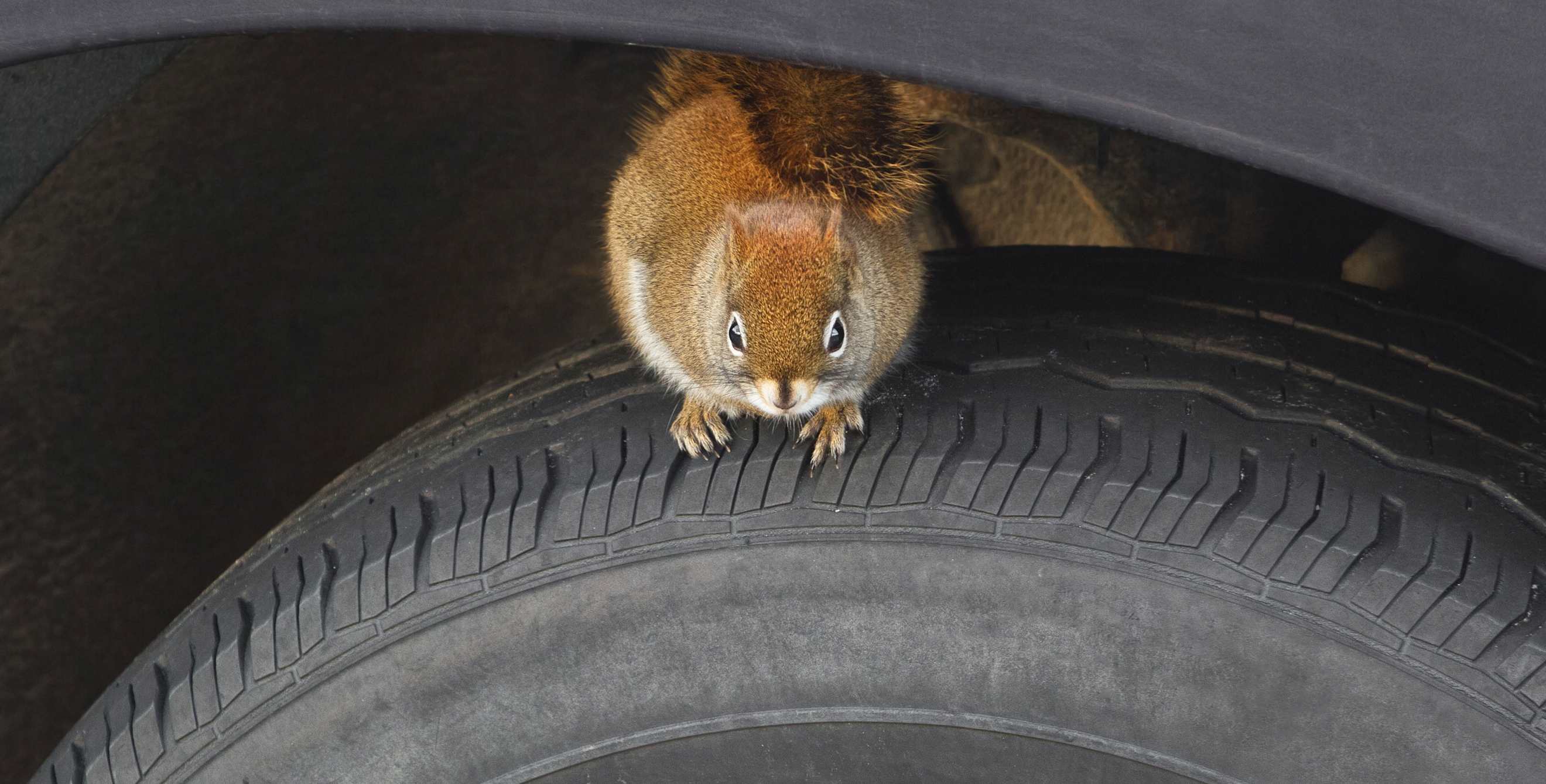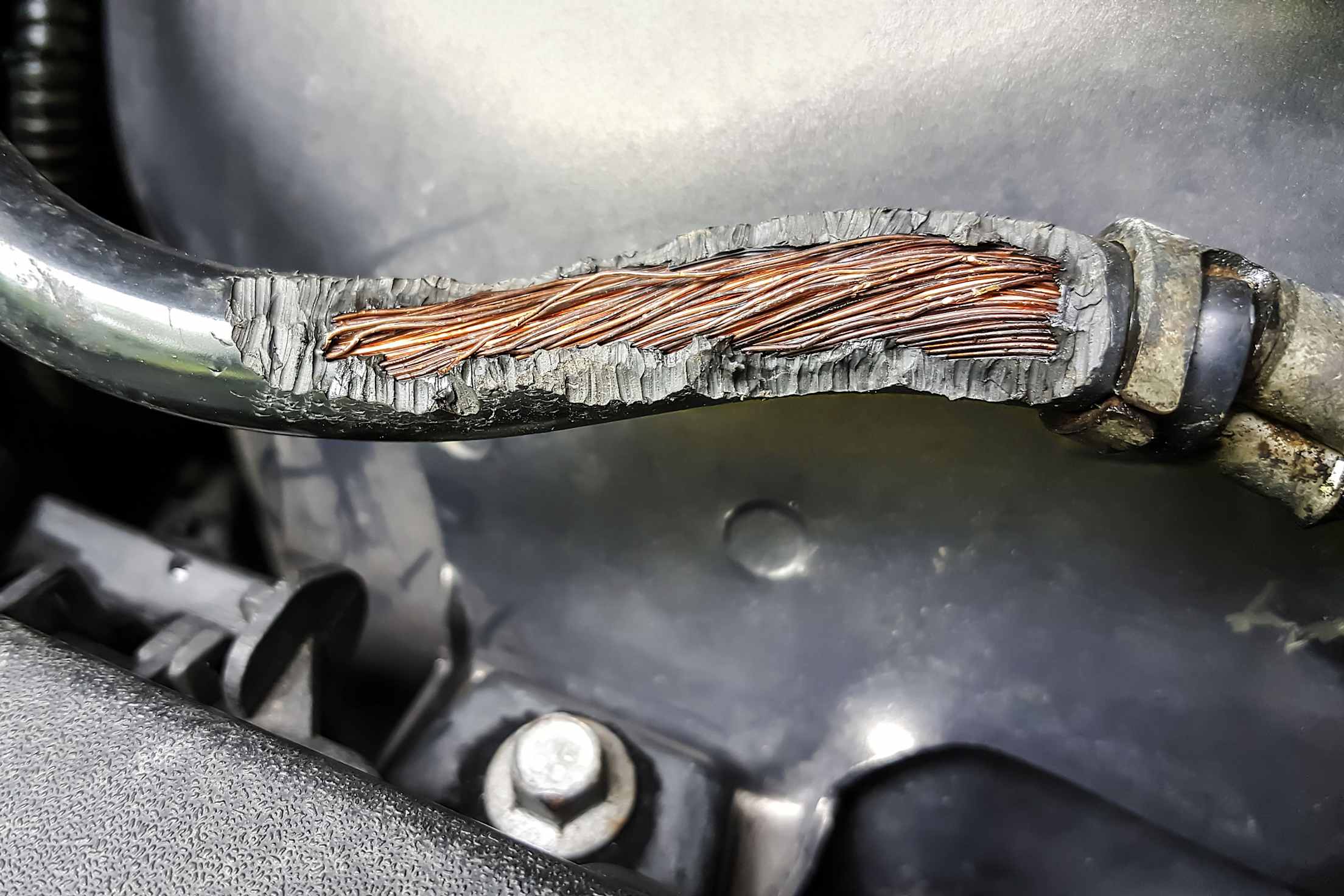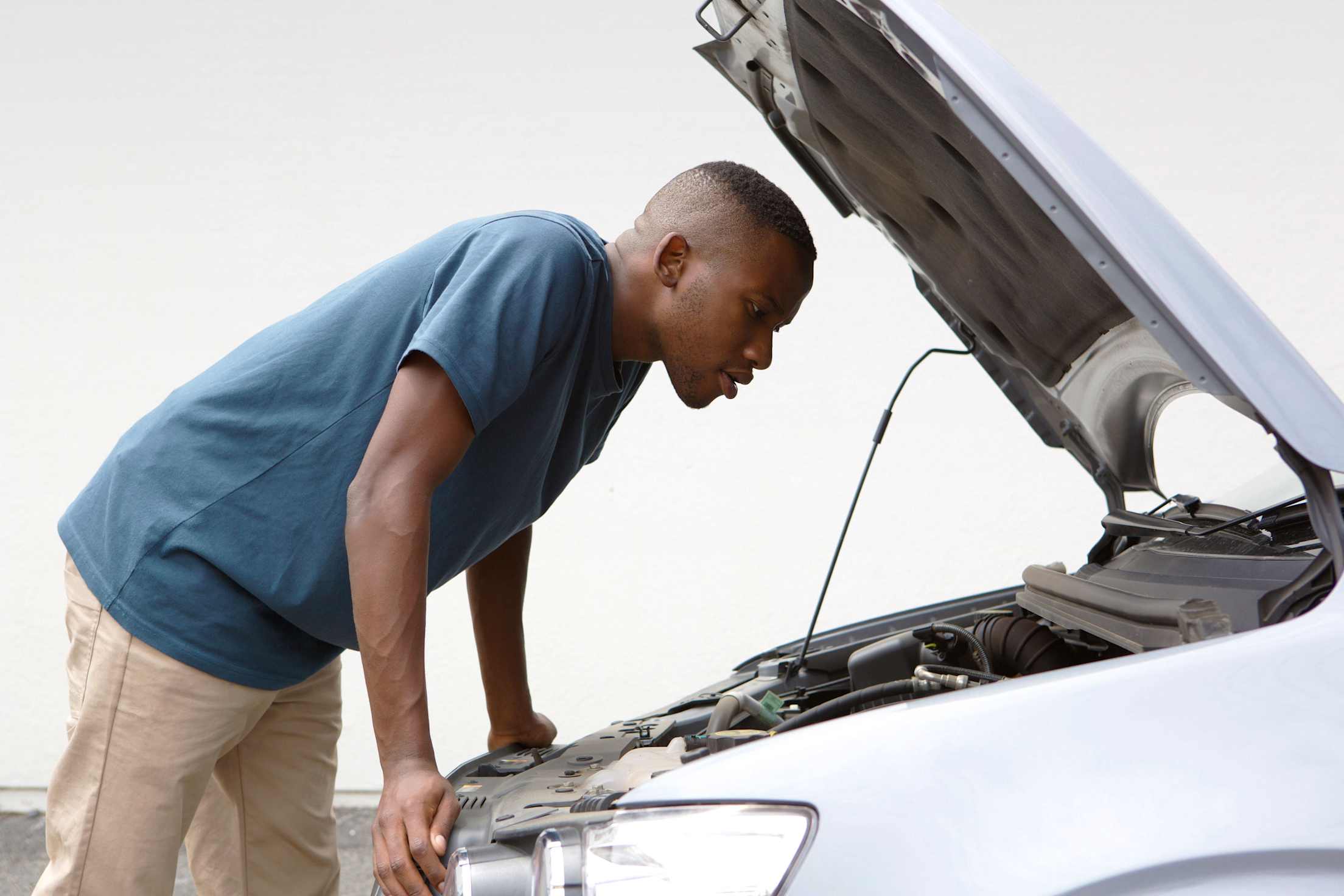
How to Keep Animals Out of Your Car
Rats and marmots and snakes, oh my! Keep wildlife wild—and out of your engine.

Nicki Frey still remembers the email. As an expert in human-wildlife conflicts, the Utah State University professor fields many strange questions. But this one was new. “Somebody in Canada emailed me,” she recalls, “because they suspected that a weasel got into their car to eat a mouse that was in the car, and started a fire.” The car was basically a total loss; the sender wanted to know, what happened?
After poring over photos and descriptions and confirming that, yes, there was a high probability that a wildlife incident caused the fire, Frey dived down the research rabbit-hole and learned that animals nesting in cars isn’t unusual. “If you’re not using your car for a few days,” she reports, “a mouse can build a nest in it.” And mice aren’t the only critters attracted to cars. So, too, are rats, squirrels, weasels, snakes, opossums, rabbits, and cats—not to mention marmots, large rodents so brazen in their vehicular attacks that rangers in Sequoia and Kings Canyon National Parks recommend visitors wrap their parked cars with plastic tarps.
While these animals are very different, they’re attracted to cars for the same reasons. Beth Brookhouser of SPCA Monterey County explains: “They’re looking for food, a safe place to nest, a place to keep warm, or a place to have their babies.” These imperatives match neatly with the seasons. In fall, when trees shed petals and leaves, street-parked cars beckon creatures eager to feast on stray plant matter that has fallen into the engine compartment. During spring—traditional nesting season—rats and squirrels seek out quiet, tucked-away places (behind your car’s battery, say?) to birth their young. And in winter, when temperatures drop, animals might seek warmth and shelter in your engine compartment, or in the ducting beneath the dashboard.

Squirrels, rats, and mice in particular can cause extensive damage to your car's wiring.
Even leaving aside the fear factor (snakes in a car?!), having furry and scaly stowaways isn’t ideal. A hidden animal could be transported far from its young or, worse, killed when the car starts. The creature could also wreak havoc on the vehicle. Rats, especially, love to chew, gnawing wiring, insulation, reservoirs, ducting, carpet, upholstery, and foam. Bryan Pearson, director of AAA Car Care, confirms that “rats can do crazy damage to a car, to the point where you’d have to have the car towed into a shop to have a wiring harness replaced.” According to Consumer Reports, this happens so often that Ford, General Motors, Honda, Toyota, and Subaru have all issued technical service bulletins with instructions for fixing chewed wiring harnesses. Meanwhile, nesting material can choke up the engine (or catch fire), and animal excrement can pose health risks for drivers and passengers.
What’s a concerned driver to do? First, know the signs. If, upon entering the car, you hear quiet chewing sounds, smell a noxious odor, or see something suspicious—urine, droppings, nibbled plastic or padding—stop and pop the hood. Carefully inspect the engine compartment: Scratches, damaged belts, paw prints on the engine cover, or a suspicious amount of debris could signify a wild visitor. In a low-key scenario—the animal isn’t present, the signs are subtle (paw prints in the dust, say, or just a bit of debris), and there’s no damage—Pearson recommends that you don protective gloves and an N95 mask, then “clean it off, clean it up, and you’re good to go.” If the animal is still present, most times, you can flush the intruder out of the car simply by honking the horn and banging on the hood. “The animal wants a safe place to be,” Brookhouser explains, “and that does not feel safe to them.” If noise doesn’t work, you could lure the creature out into a small-mammal live trap. (Dr. Frey recommends baiting with apple and peanut butter; Pearson champions pepperoni sticks.) Alternatively, you could opt for a solution technicians swear by: Irish Spring soap. “Put two bars in, one on either footwell, and the rats will exit the way they came,” Pearson says. Once the animal leaves, Brookhouser advises, open your hood, “to make sure there aren’t baby animals left behind.” Whatever you do, avoid using poison, which can cause secondary poisoning in hawks, owls, coyotes, and other predators.

Inspect your vehicle carefully if you think a critter may have gotten inside.
But really, an ounce of prevention is worth a pound of cure. To stop invasions before they start, Dr. Frey advises thinking about what animals want: food and shelter. You can cut down on food availability by keeping your car clean and food-free, throwing out trash, removing debris from the engine compartment, and getting your filters serviced regularly. (Filters trap debris such as twigs, nuts, and berries, which can attract critters searching for snacks.) Whenever possible, avoid parking near food sources like garbage cans and vegetable gardens, and places that might house critters, such as old furniture, stacks of firewood, and piles of leaves. Another pro tip? Change where you park. “Rodents, especially, are creatures of habit,” Brookhouser notes. “They like consistency. They don’t like checking out new things.” You might also use repellents such as the RatMat (a tiled grid flooring that works like an electric fence), or deploy scents that animals dislike, such as peppermint oil, chili powder, citronella, or eucalyptus. “One of my co-workers swears by putting a dryer sheet in her car,” Brookhouser adds. “You know, try many things, and maybe one of them will work.” And above all, if your car has been sitting for a few days, check the car before you turn it on. You might save an animal—and your car.